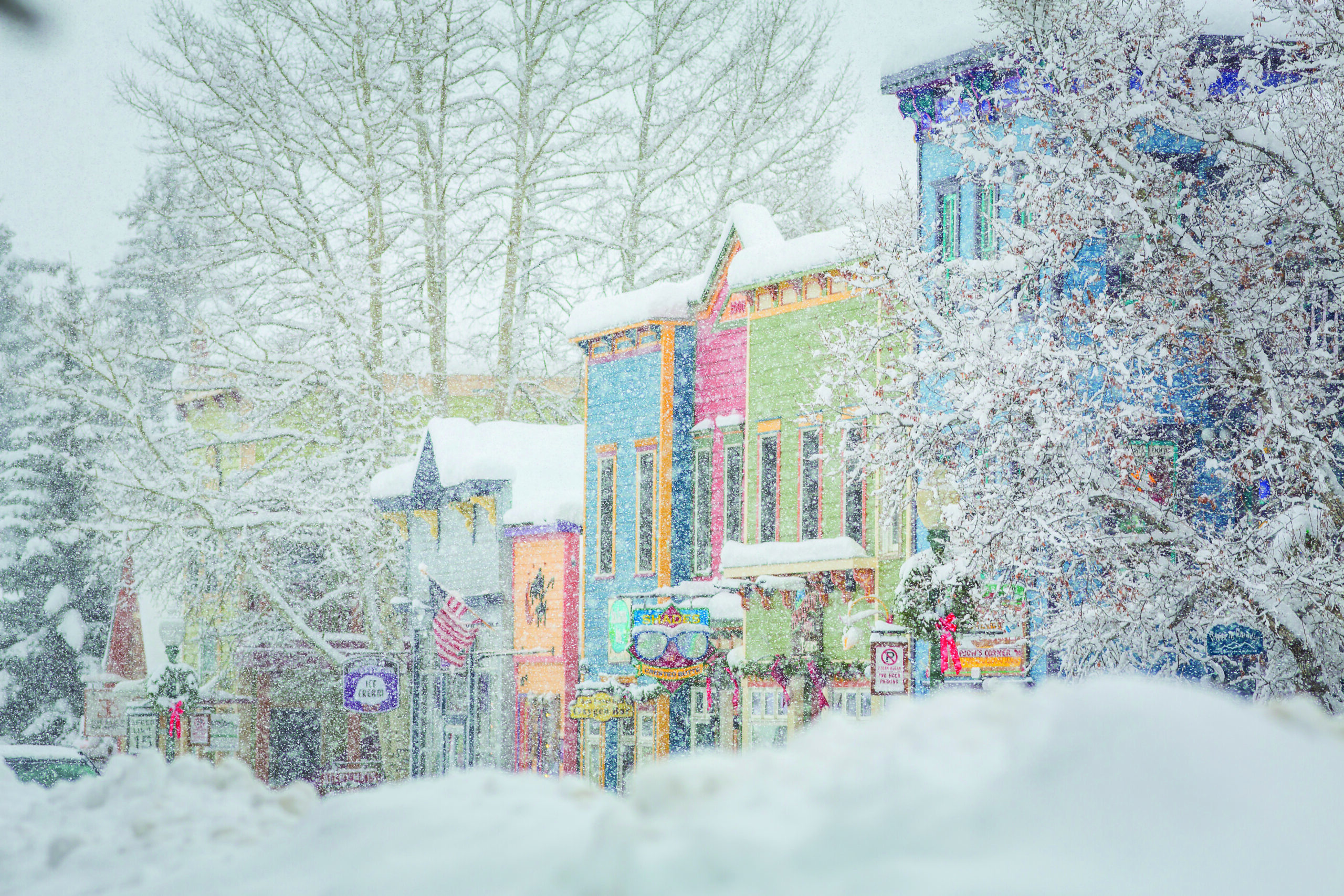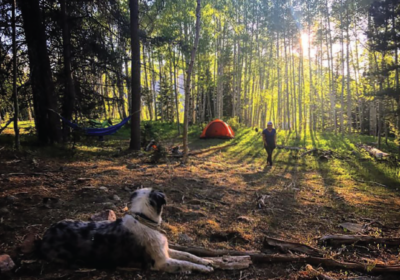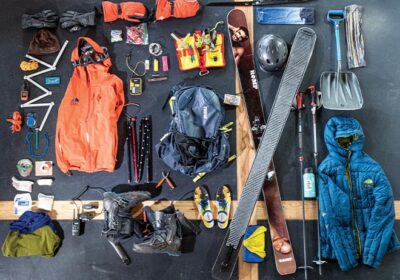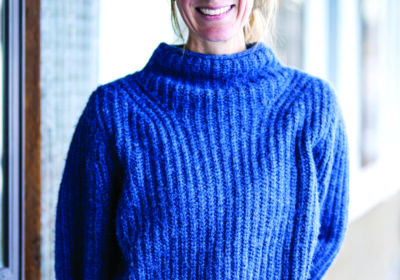
The Splendor of Snow
By Brooke MacMillan
What good is winter without snow, I ask you.
I live in this outer rung of Colorado chiefly because I love snow so much. Growing up on Colorado’s Front Range, the paucity of snow was constantly discussed in our family. When would it snow and how much would we get? Never enough. When it did snow, it didn’t stick around long before melting to re-expose the drab frozen landscape. That I could move to a place where snow is a fixed element of the winter landscape was one of the most magical aspects of becoming an adult.
The boon of skiing and other snow sports came second. I fell in love with this town, its people, and the seemingly endless winter season where flurries could start as early as September and extend their snowy tendrils into May.
After 18 or so winters here, give or take a few spent living abroad, the snows of Crested Butte still transfix me along with the yearly mystery of how much snow the season will bring. With so few unknowns left to enjoy in modernity, the anticipation of snowfall is a kind of thrilling, if not nerve-racking, lottery. Some consult the Farmers’ Almanac or look at long-range climatology data. Others swear by arthritic inklings. The only thing we know for sure is that the stakes are high. Not enough snow and our winter economy takes a hit, not to mention the vital snowpack needed for summer river flows and keeping wildfires at bay.
I delight in the constant over-under of meteorological predictions and post office murmurings. When’s it going to snow?! C’mon Ullr, give us a big year! But a few sustained storms like we’ve had the last few winters can quickly shift that refrain. Can you die from too much shoveling?
I find myself worrying about our snow, and the future of snow, everywhere. The last few snow years have featured signature storms like “The Santa Slammer,” and last winter was exceptionally deep by Crested Butte standards. Though the science is not yet settled, this kind of abrupt shift in weather variations may point to a climate trend of larger and more unpredictable storms that lay outside the boundary of normal and that could strain a small community like ours toward natural disaster. As I worry about this, I also worry about the opposite, a trending climate of far less snow much like the Alps have been experiencing. For now, though, I’m deeply thankful we’ve had a bit too much rather than too little.
When it does happen, little compares to the first snows of the season bathing the trees and mountains, streets, and buildings in a brilliant, sumptuous white that shimmers incandescently up to the skyline. The glimmering monochrome grandeur is so dazzling that I’m sometimes moved to tears, and am promptly teased by my husband and daughter.
One of the first things you notice after a big storm is the peace snow brings, blunting sound, and slowing everything to a flaneur pace. This is the earned interlude to all the busyness we endure during the frenetic summer months. Collectively, we unclench our jaws, relax, and relish the slowing of time…before the shoveling begins, or we grab our skis and escape into the bliss of the mountains.
“Mom, are you crying at the snow again?” my six-year-old daughter Charlotte asks.
We’re on our annual “snow walk,” a stroll I make my family take with me immediately after the first snowfall, and before the fresh snow has been interrupted by everyday bustle. I tell Charlotte that walking with gratitude in the first snows of the season brings good luck for more to come. I made this up (though it can’t hurt). I just like us to wander along the crisp snow-laid streets and fully appreciate the splendor of snow.
Brooke MacMillan is a nonfiction writer whose work explores the interplay between people, science, and culture. She’s currently working on a book examining aging in our global context. When she’s not in front of her laptop, she’s playing in the snow with her husband and daughter and serving as founder and director of Crested Butte’s Mountain Words Literary Festival and Writers-in-Residence program.






